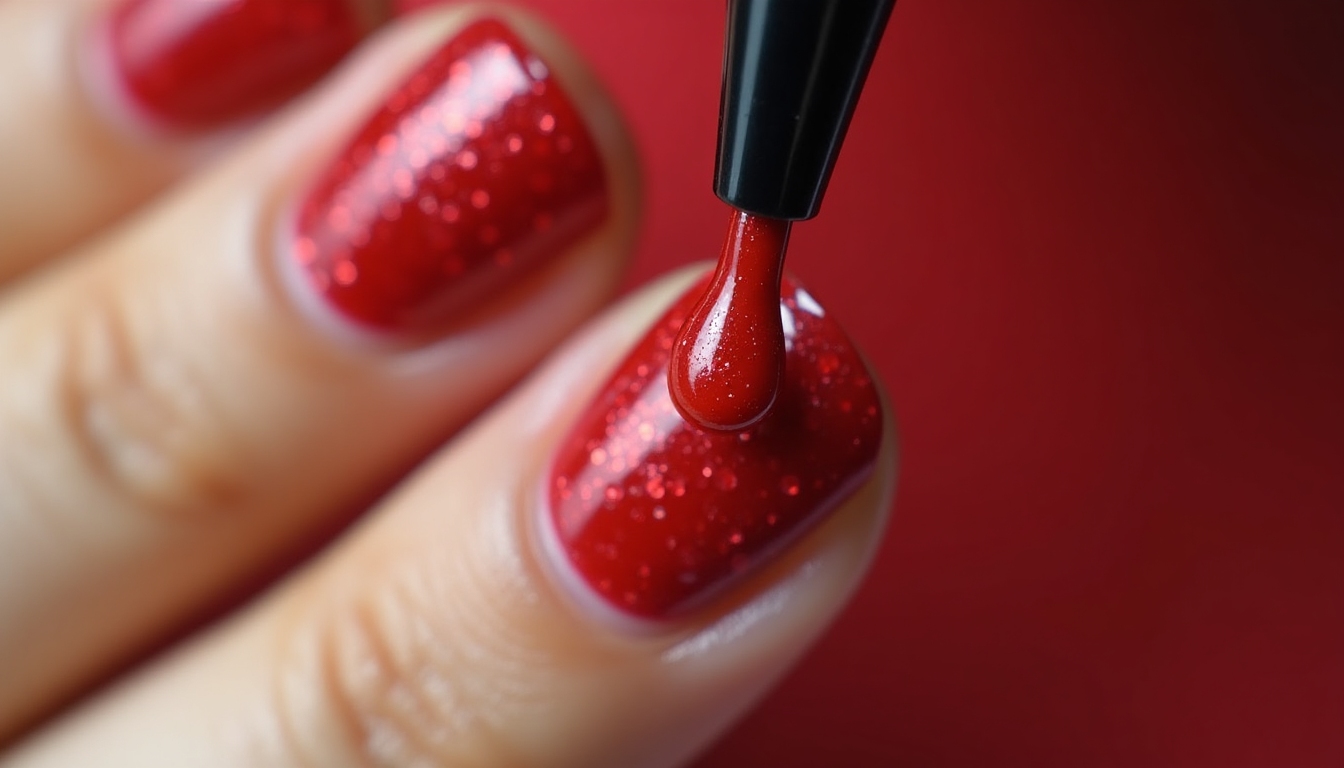Aversion Therapy for Nail-Biting: A Comprehensive Guide
Nail-biting is a common yet often overlooked habit with potentially harmful effects. Aversion therapy presents a promising solution, blending behavioral therapy methods to foster family wellness and personal growth.

Nail-biting, scientifically known as onychophagia, affects millions worldwide. Often beginning in childhood, it can persist into adulthood, leading to damaged nails, infections, and embarrassment. But fear not, aversion therapy offers an effective method to overcome this persistent habit.
What is Aversion Therapy?
Aversion therapy is a behavioral therapy technique that conditions an individual to associate undesirable behaviors with unpleasant stimuli. For nail-biting, this might involve applying a bitter-tasting solution to the nails, creating a negative experience with the act of biting. This method not only reduces the occurrence of the behavior but can also help individuals gain more control over their impulses.

How Aversion Therapy Works
The principle behind aversion therapy is straightforward: create discomfort or displeasure linked to an unwanted action to decrease its frequency. When consistently applied, this discomfort leads to behavioral changes over time.
- Step 1: Identify the negative behavior (nail-biting).
- Step 2: Apply a negative stimulus (bitter nail solution).
- Step 3: Gradually reduce and eliminate the habit through repetitive negative experience.
Personal Insights: A Journey with Aversion Therapy
Maria, a long-time nail-biter, shared her journey with aversion therapy. She tried various methods, but only found success with aversion therapy. "Applying the bitter polish was initially unpleasant," she notes, "but it was the motivation I needed to finally stop."

The Role of Behavioral Therapy
Aversion therapy is a subset of behavioral therapy. Behavioral therapy explores replacing negative behaviors with positive actions. With professional guidance, individuals can tackle underlying triggers and reinforce new, healthier behaviors. Integrating family therapy can enhance the effects by fostering family wellness and support structures.
Family members can participate in therapy sessions to better understand and support the individual. This holistic approach ensures long-term success and personal growth.

Benefits of Aversion Therapy for Nail-Biting
- Effectiveness: Quick reduction in nail-biting incidents.
- Simplicity: Easy to implement with immediate feedback.
- Supportive Environment: Family involvement enhances results.
Common Challenges and Solutions
- Initial Discomfort: Accept that feeling discomfort is part of the process.
- Temporary Resilience: Consistently apply negative stimuli until new habits form.
- Family Dynamics: Utilize family therapy to address false beliefs or unsupportive behavior.
Conclusion: An Empowering Path to Control
Aversion therapy stands out as a powerful tool against nail-biting. Through determination, support, and structured therapy, anyone can overcome this habit. Embrace the journey towards healthier habits and family wellness.
Discuss Here